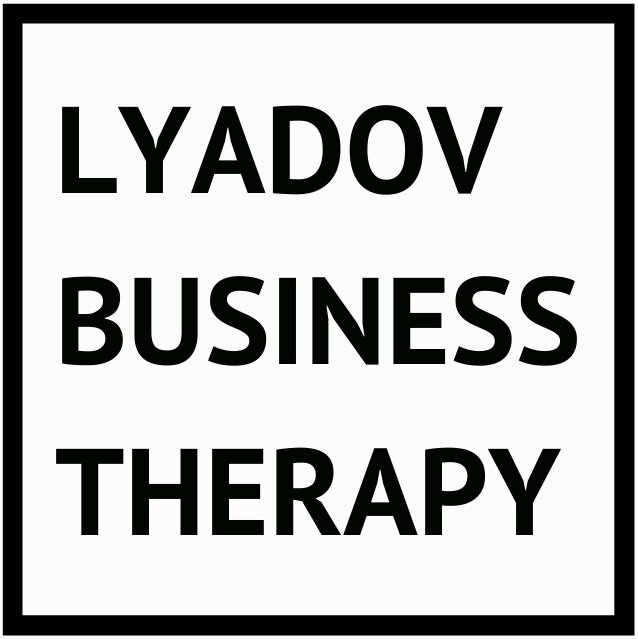In the Theory of Constraints, there are five focusing steps.
Step one — identify the constraint. Without this, all other measures will bring weak or harmful effects. This is where people, companies, and states squander their basic resources.
Let's name just a few reasons:
1. Impatience. People rush to shoot the arrow instead of taking a second to precisely aim. Why? They aren't used to enduring discomfort. Hence: "We must do at least something asap!"
2. Lack of purpose. Not everyone understands why they should bother. Working on the constraint allows you to get rid of unbearable pain in the future at the cost of bearable pain now. As the Sicilian mafia saying goes, "It's worth trying to get rid of the pebble in the boot."
3. Lack of skills. Even if there's patience and purpose, experience and skill are still needed. The system's constraint cleverly hides in the lush bushes of symptoms. The latter seem important, tempting one to get distracted by trimming them down.
4. Irresponsibility. The constraint is hard to find because people look for it where it isn't, i.e., outside themselves. Circumstances, history, other people, etc., are to blame. One must entertain the thought: "I've put myself in this position."
5. Immateriality. It almost always turns out that it's not about a shortage of capital, people, or tools. The true constraints are false beliefs, i.e., the belief in things that don't actually exist.
Sincerely yours,
-Alexander
About me:
As a business therapist, I help tech founders quickly solve dilemmas at the intersection of business and personality, and boost company value as a result.
How can I help you?
If you've long been trying to understand what is limiting you and/or your business and how to finally give important changes a push, then The Catalyst Session is designed specifically for you. Book it here.


